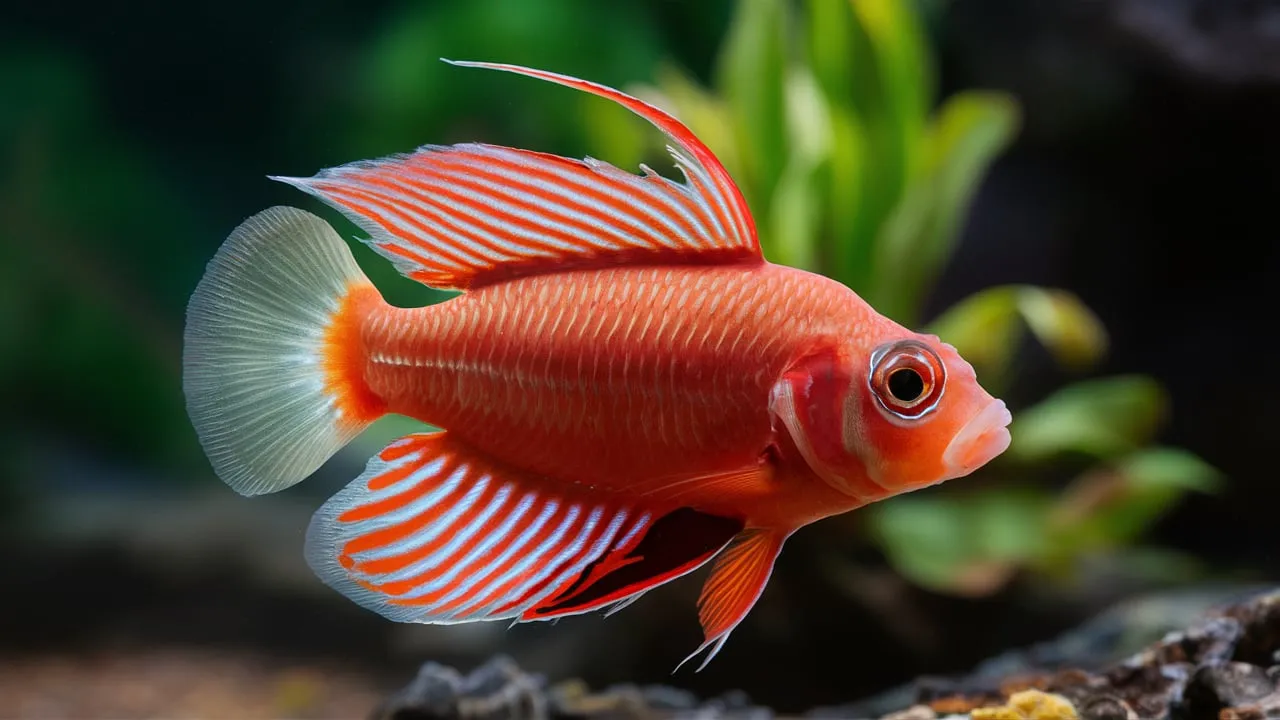Betta fish, also known as Siamese fighting fish, are a popular choice among aquarium enthusiasts and pet owners alike. These vibrant and fascinating creatures have long captured the hearts of many, with their striking appearances and unique behaviors. While the male Betta fish are often the center of attention, the female Betta fish possess their own allure and charm.
In this comprehensive guide, we will delve into the fascinating world of female Betta fish, exploring their characteristics, care requirements, and the captivating aspects that make them a rewarding addition to any aquatic environment.
Understanding Dragon Siamese Fighting Fish Female

Female Betta fish, scientifically known as Betta splendens, are smaller and less colorful than their male counterparts. However, they possess a delicate beauty and a distinct personality that sets them apart. These fascinating creatures can be found in a variety of colors, ranging from vibrant blues and reds to more subtle shades of yellow and white.
Physical Characteristics
Female Betta fish typically have a slender, streamlined body, with smaller fins compared to the males. Their dorsal, anal, and caudal (tail) fins are shorter and less elaborate, allowing them to focus their energy on swimming and exploring their surroundings. The females also tend to have a more subdued coloration, often displaying muted hues or a combination of colors.
Behavioral Traits
While male Betta fish are known for their aggressive nature and territorial displays, female Betta fish are generally more peaceful and social. They often exhibit a curious and interactive personality, showing interest in their owners and responding to gentle interactions. However, it’s important to note that female Betta fish can still exhibit some level of aggression towards each other, especially when kept in close proximity.
Breeding and Spawning
The breeding process of female Betta fish is equally captivating. When a female Betta fish is ready to spawn, she will develop a distinctive egg spot near her ventral fins. This signifies her receptiveness to the male’s courtship rituals. The male Betta fish will then construct a bubble nest, which the female will use to deposit her eggs. The male will then fertilize the eggs and carefully tend to the nest until the fry (baby Betta fish) hatch.
Caring For Female Betta Fish
Providing the appropriate care and environment for female Betta fish is crucial to ensure their health and well-being. Let’s explore the key considerations when caring for these delicate aquatic creatures.
Tank Setup and Maintenance
Female Betta fish require a well-maintained aquarium with clean, warm water. The tank should be a minimum of 2.5 gallons, with a gentle filtration system and appropriate water parameters. Regular water changes and substrate maintenance are essential to maintain water quality and promote the fish’s overall health.
Feeding and Nutrition
Betta fish, including females, are carnivores with a penchant for protein-rich foods. To ensure optimal health and vitality, providing a balanced diet is essential. High-quality Betta pellets should form the foundation of their nutrition, offering essential nutrients in a convenient form. Complementing the pellet diet with occasional treats of freeze-dried or frozen foods, such as bloodworms or brine shrimp, adds variety and enriches their nutritional intake. While live foods can be tempting, it’s crucial to source them from reputable suppliers to minimize the risk of introducing parasites or diseases. By carefully considering the dietary needs of your female Betta, you can support her overall well-being and promote vibrant health.
Tank Mates and Compatibility
Unlike their male counterparts, female Betta fish can often coexist peacefully with other fish species in a community tank. However, careful selection of tank mates is essential to maintain harmony. Peaceful and non-aggressive fish such as tetras, rasboras, and corydoras are generally compatible choices. These species tend to occupy different water columns, minimizing territorial conflicts. Nevertheless, close observation is crucial, as even docile fish can exhibit unexpected behaviors. If signs of aggression or stress emerge among the inhabitants, immediate intervention is necessary to prevent harm. By carefully considering tank mate compatibility and providing a suitable environment, aquarists can create a thriving community tank that includes female Betta fish.
Breeding and Care for Fry
Breeding Betta fish can be a rewarding experience, but it demands careful planning and execution. Before embarking on this endeavor, thorough research is essential to understand the intricacies of the breeding process. Creating a suitable breeding environment is paramount to the success of the endeavor. It involves replicating specific water parameters, providing ample hiding spots for the female, and ensuring proper aeration. Once the breeding process is complete, the care and rearing of Betta fry present unique challenges. Specialized techniques are required to nourish the delicate fry with appropriate food and maintain optimal water conditions. Patience and meticulous attention to detail are key factors in successfully raising Betta fry to adulthood.
Conclusion
With information of Betta Fish 247 about female Betta fish are captivating creatures that offer a unique and rewarding experience for aquarium enthusiasts. With their delicate beauty, interactive personalities, and fascinating breeding behaviors, these fish can truly enhance the joy of owning and caring for an aquatic pet. By understanding their specific needs and providing the appropriate environment, you can unlock the wonders of the female Betta fish and enjoy their presence in your aquatic ecosystem.

Related Posts
The Record-Breaking Prices of the Most Expensive Betta Fish
Exploring The Diversity Of Rare Beautiful Betta Fish
Understanding Aquarium Fish Size